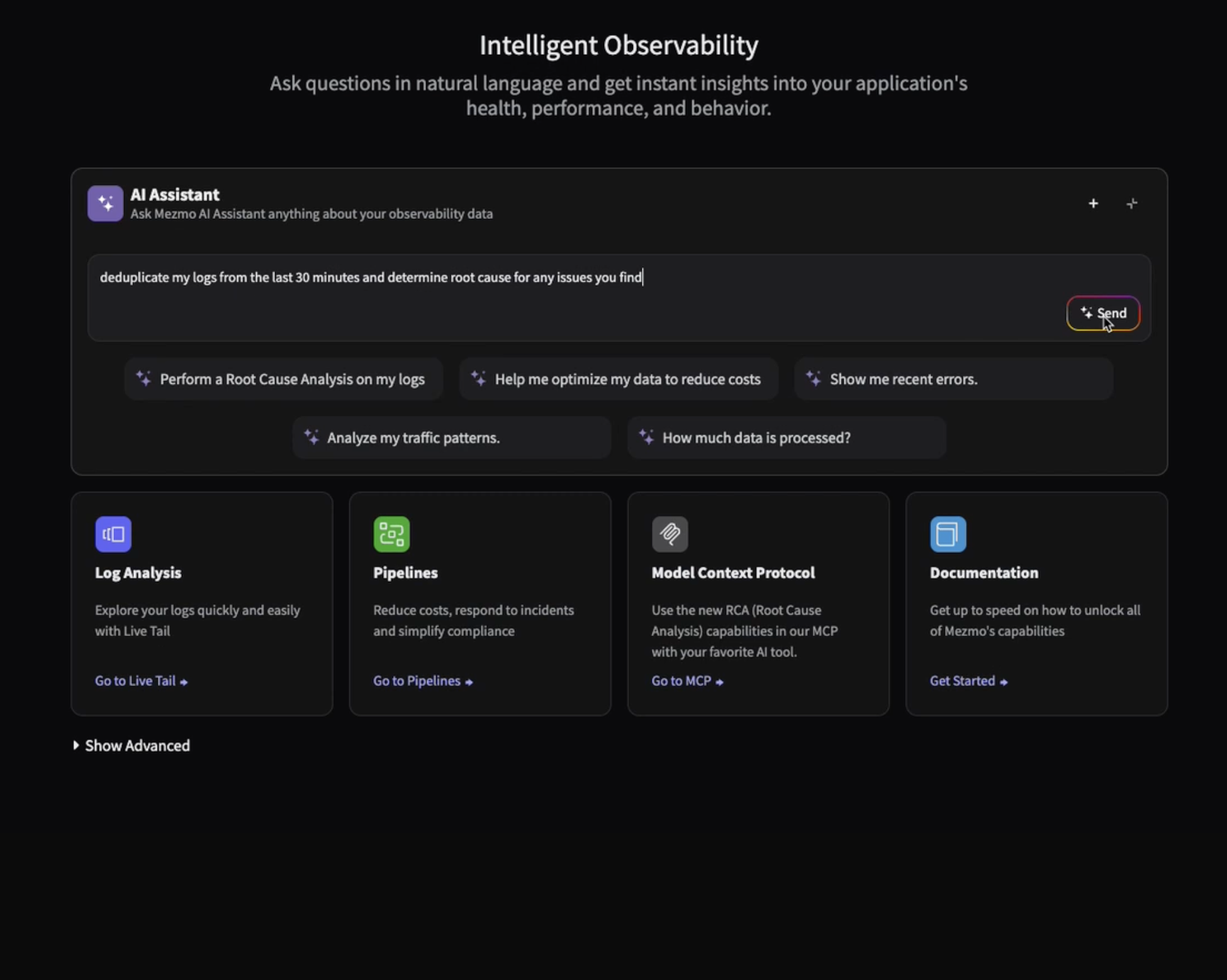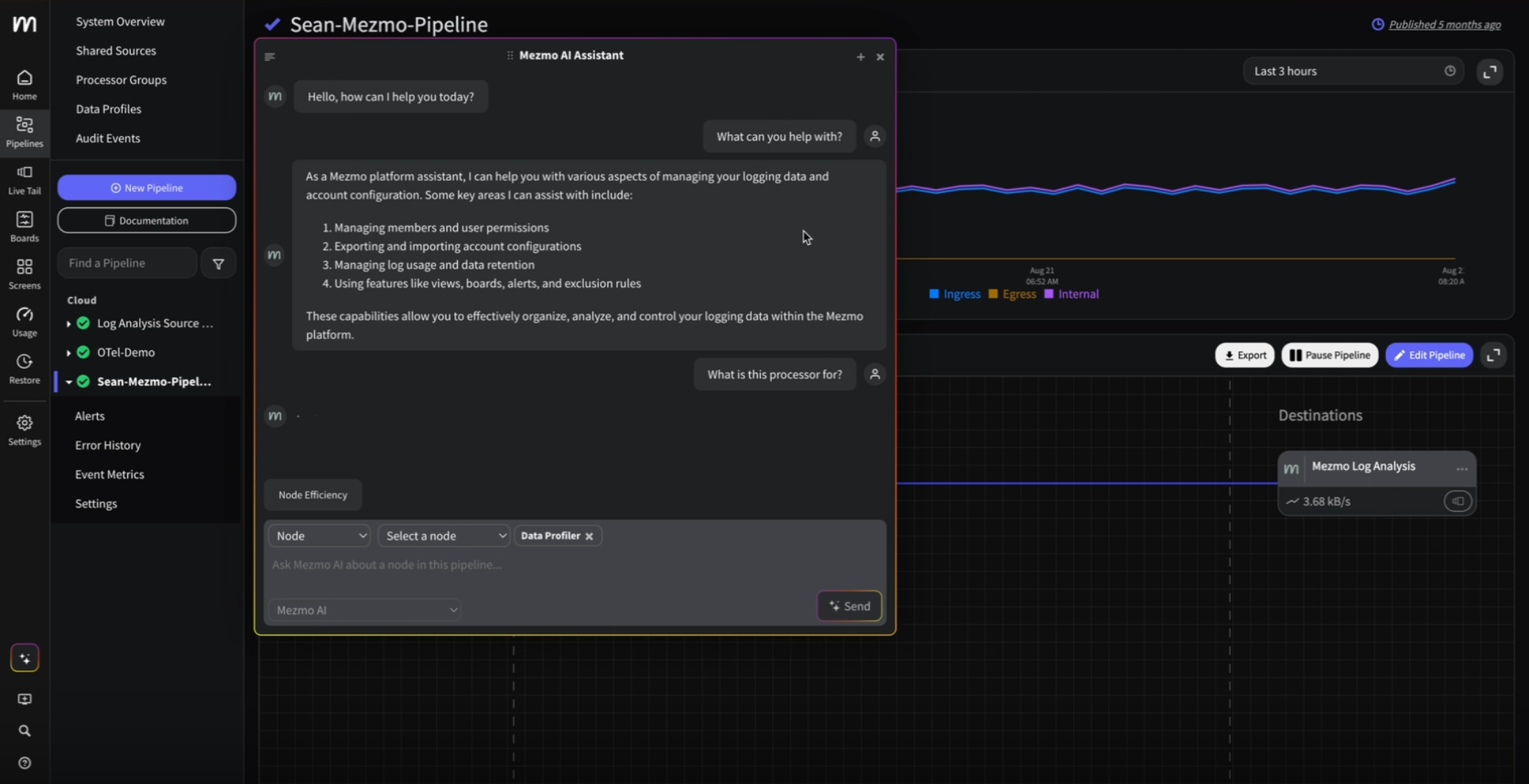Log Alerts & Log Monitoring: Best Practices
Application logs are more than just tools for root cause analysis. They’re also a foundation for proactive incident response, real-time alerting, and insight into patterns that influence application behavior. Logs are just thousands of lines of raw data, but they can be parsed and leveraged to provide a better understanding of what goes on under the hood of your application. It's common for developers to set up application logging for code exceptions within the application, but logging provides far more benefits than just bug tracking and should be used to alert administrators to issues that need their attention.
Log Alerts for Application and Server Performance
Any administrator who has dealt with performance issues will tell you that it's one of the most difficult problems to analyze and pinpoint a root cause for repair. Application Performance Monitoring (APM) tools can help, but logs serve as a real-time companion for tracking abnormal latency or usage surges. QA can do performance testing on your application, but these tests rarely represent a production environment that supports thousands of users concurrently.
Using log alerts, you can assess what's happening when an application's performance is diminished. It could be from a specific event such as a poorly optimized database query or when CPU usage spikes. Log these types of events, and you can not only identify when application performance will wane but also when server resources could be exhausted. Incorporating grok pattern matching can improve your ability to pinpoint and categorize these anomalies.
They also help you pinpoint components of your application that could be causing performance degradation. When CPU usage spikes to over 80%, set an alert to inform administrators. It could be something as simple as upgrading RAM or even your server's CPU, but having these log alerts will give you the ability to analyze the time of day and any patterns surrounding application procedures.
Log Alerts for Failed Sales Events
Most applications log exceptions so that developers can look back into errors and provide updates. But not every exception is created equally. The most critical events are those that impact business revenue. These events are the ones you should monitor closely and send alerts to the right response team.
It shouldn't be your customers calling to tell you that there are bugs in your application. Instead, logging integrated with APM logging ensures customer-impacting errors are surfaced immediately. With an alert on failed shopping cart activity, you have a way to contact a customer should they receive an error and bail on the shopping experience. Alerts are a great tool to salvage a lost customer due to application bugs.
But you also need alerts to tell you when components of your application are creating obstacles for customer shopping experiences. Alerts give you insights into the efficacy of your marketing and user experience. Use them generously to identify issues with your sales pages and find solutions for a better user experience.
Log Alerts for Security and Suspicious Activity
Developers are good at logging exceptions, but they don't usually account for security events. Security logs play a pivotal role in threat detection and incident response. Suspicious behaviors such as automated logins from account takeover tools (ATOs), repeated patterns of failed admin login attempts, ACL changes, or new accounts created can all indicate malicious activity.
With ATOs, an attacker will use automated software to log into a customer's account and use purchased credit card data to buy product to test if the card is viable. Logs should be used to detect this type of activity and alert administrators to suspicious events.
Any modifications to security permissions or authorization should also be logged and alerts sent. In SOC and SIEM workflows, this level of alerting becomes essential to defending cloud-native environments. Security events are a primary method organizations use to identify attacks before they become catastrophic data breaches.
How Do You Set Up Log Alerts?
You need the right data before you can set up alerts. The data that you log is up to you, but some standard data points are needed to create efficient logs that scale across your infrastructure. Some common data points include:
- Date and time
- Host name
- Application name
- Customer or account that experienced the error
- IP address or other geographic markers for the visitor
- Raw exception information
- Line number where it occurred (if applicable)
- Type of error (fatal, warning, etc)
You could write a logging application, or you could save time and configuration hassles by using LogDNA. With tools like Mezmo, log alerts can be combined with parsing, tagging, and grok pattern analysis to provide context-rich signals across distributed systems.
Instead of only using logs for basic events, an organization's best practices should include activity that gives administrators insight into patching issues before they become catastrophic instead of just using them to retroactively find solutions. LogDNA can provide you with the right tools and alerts that organizations can leverage to avoid revenue-impacting bugs and server errors.












.png)
























.png)



































































